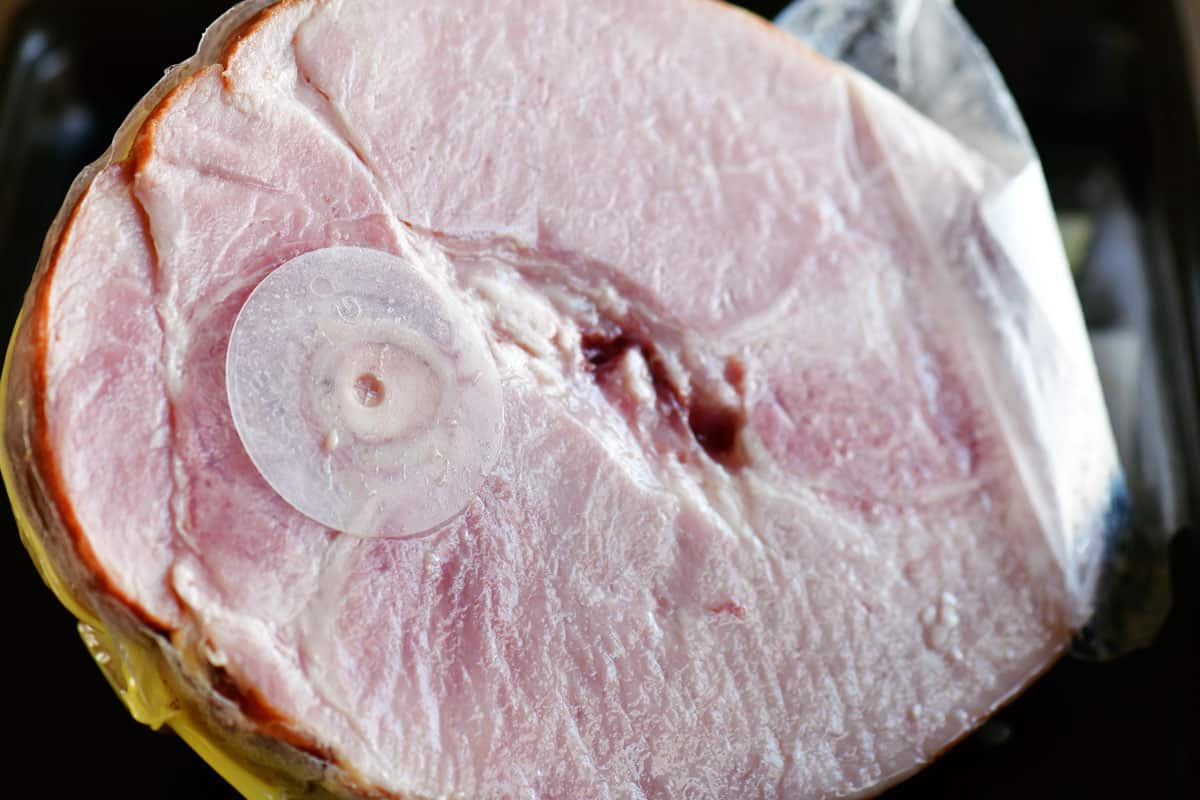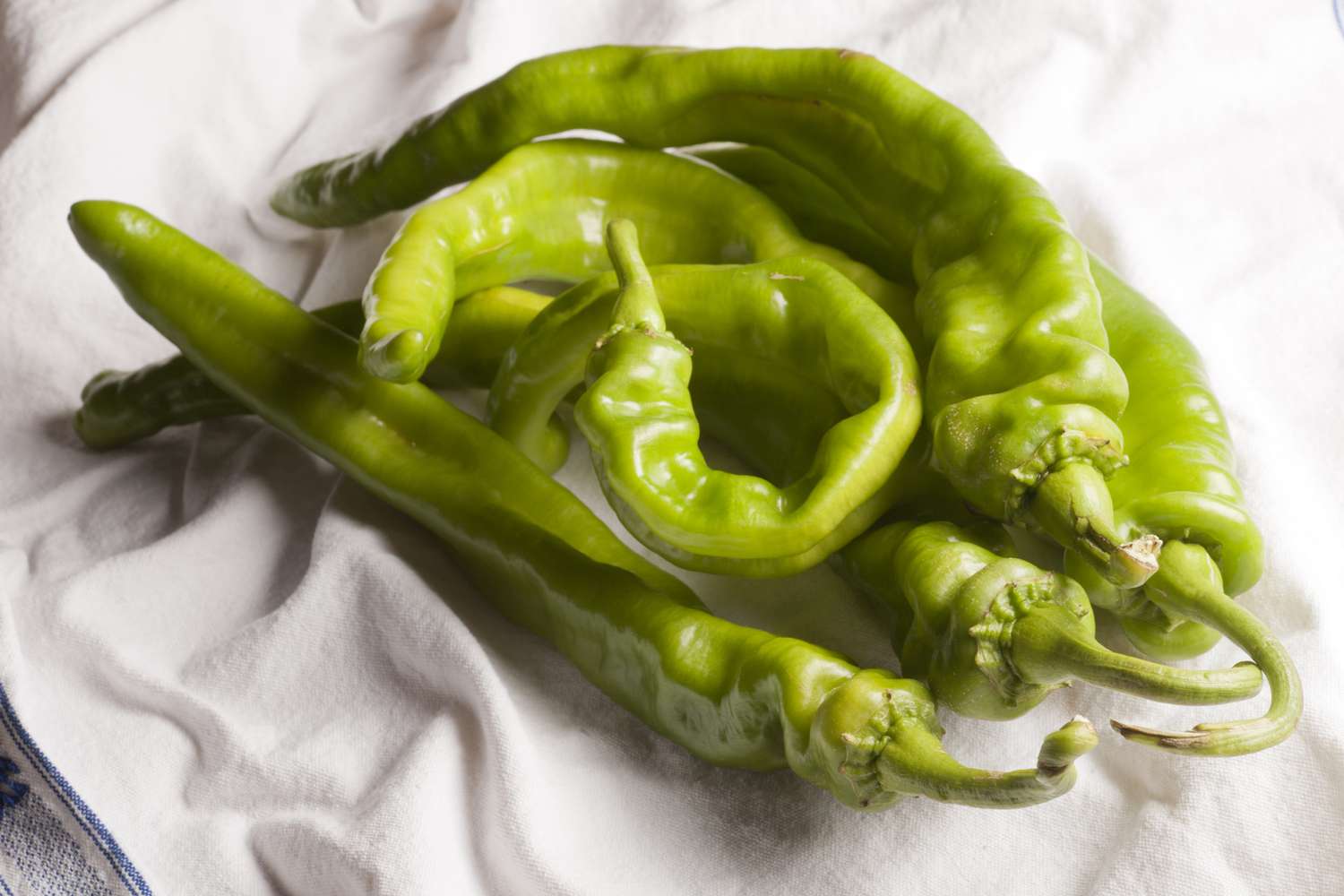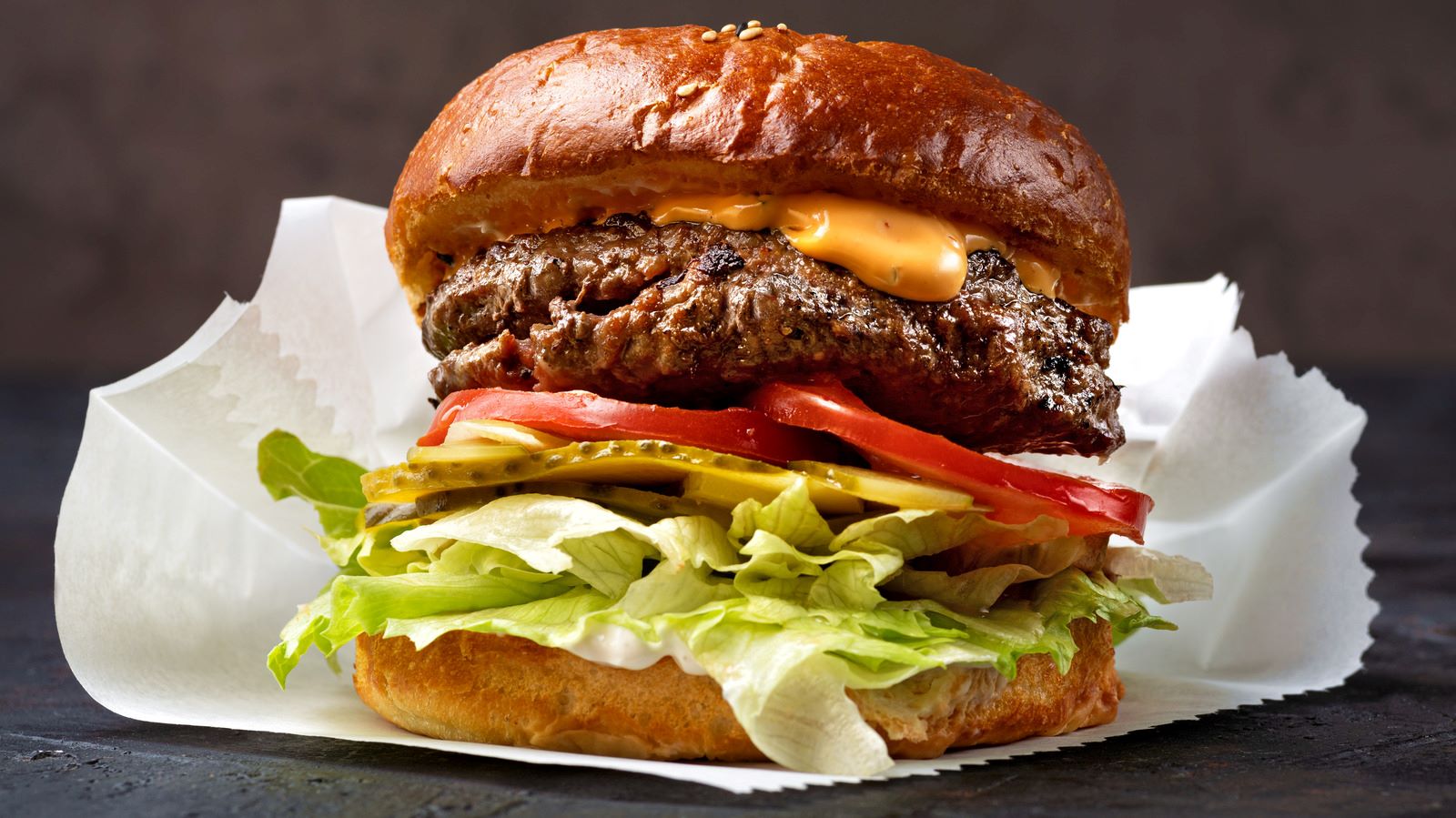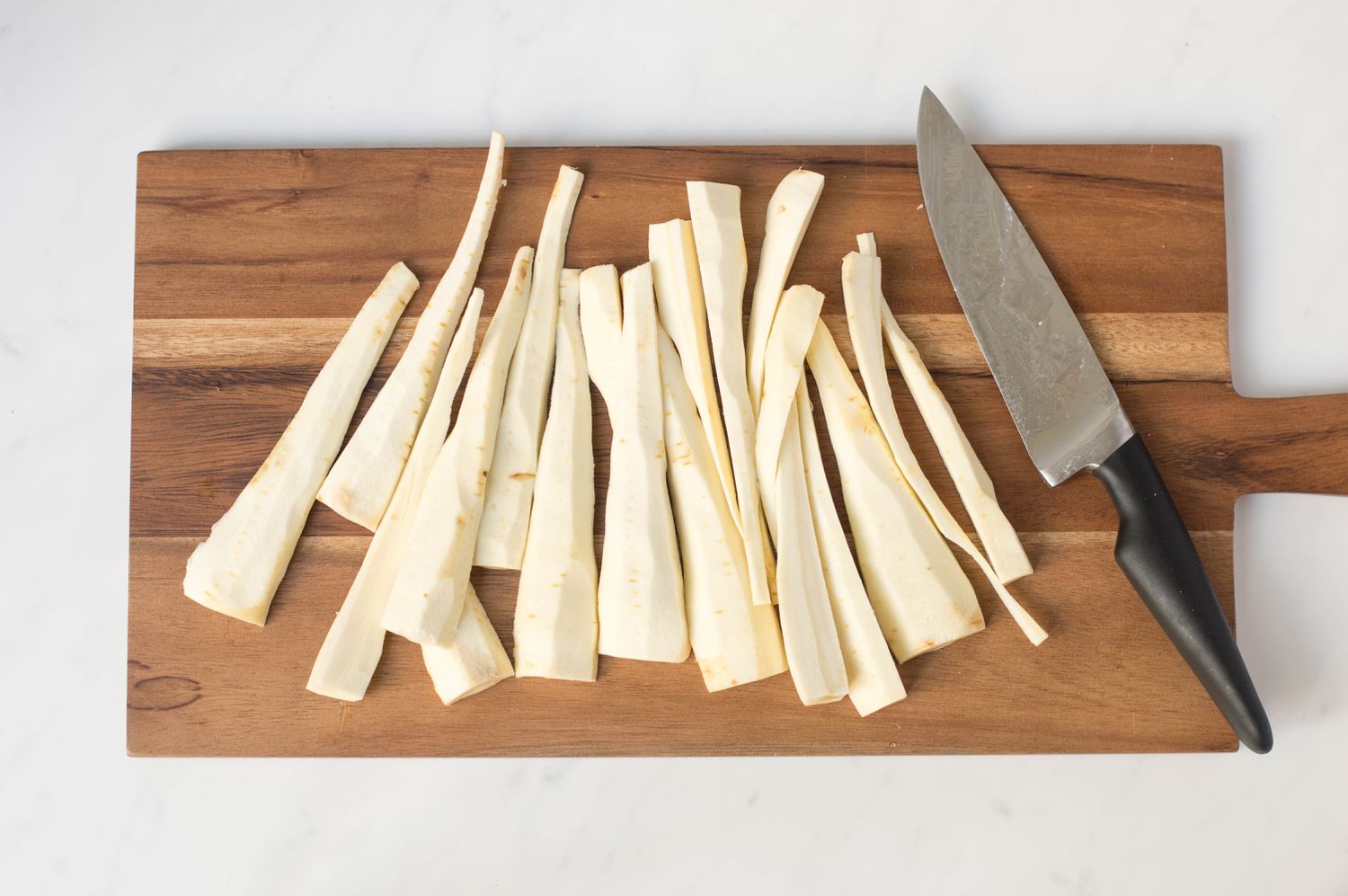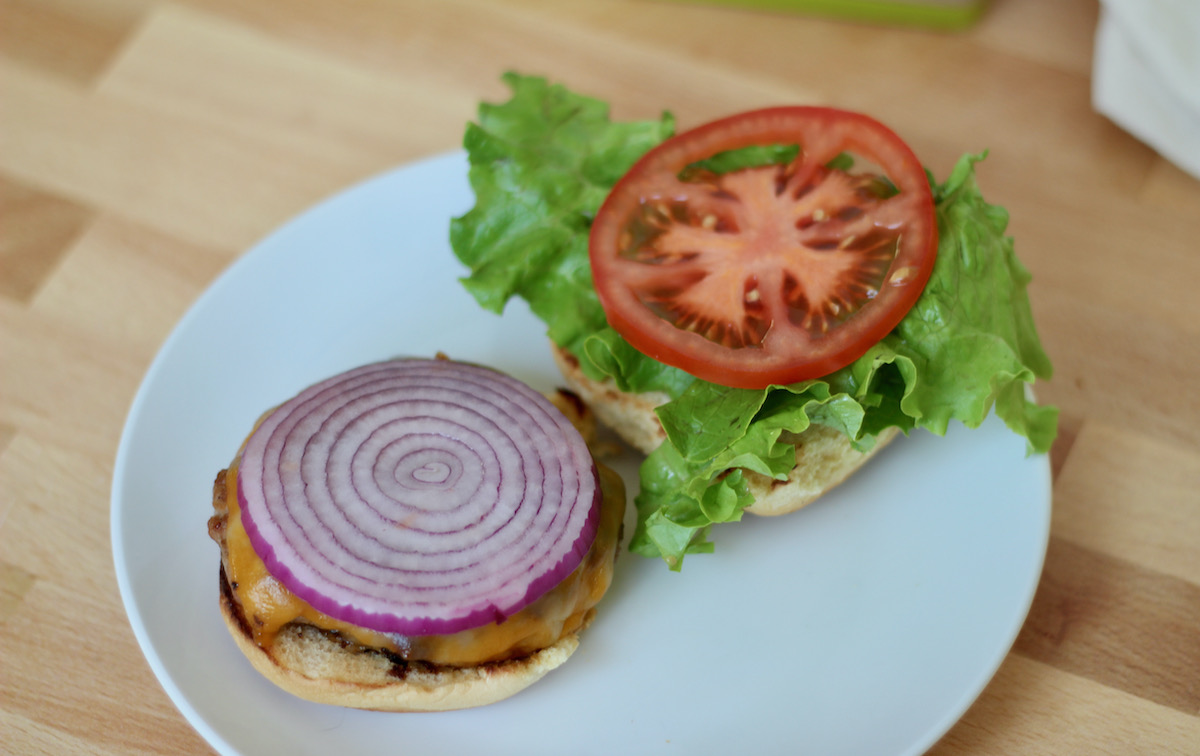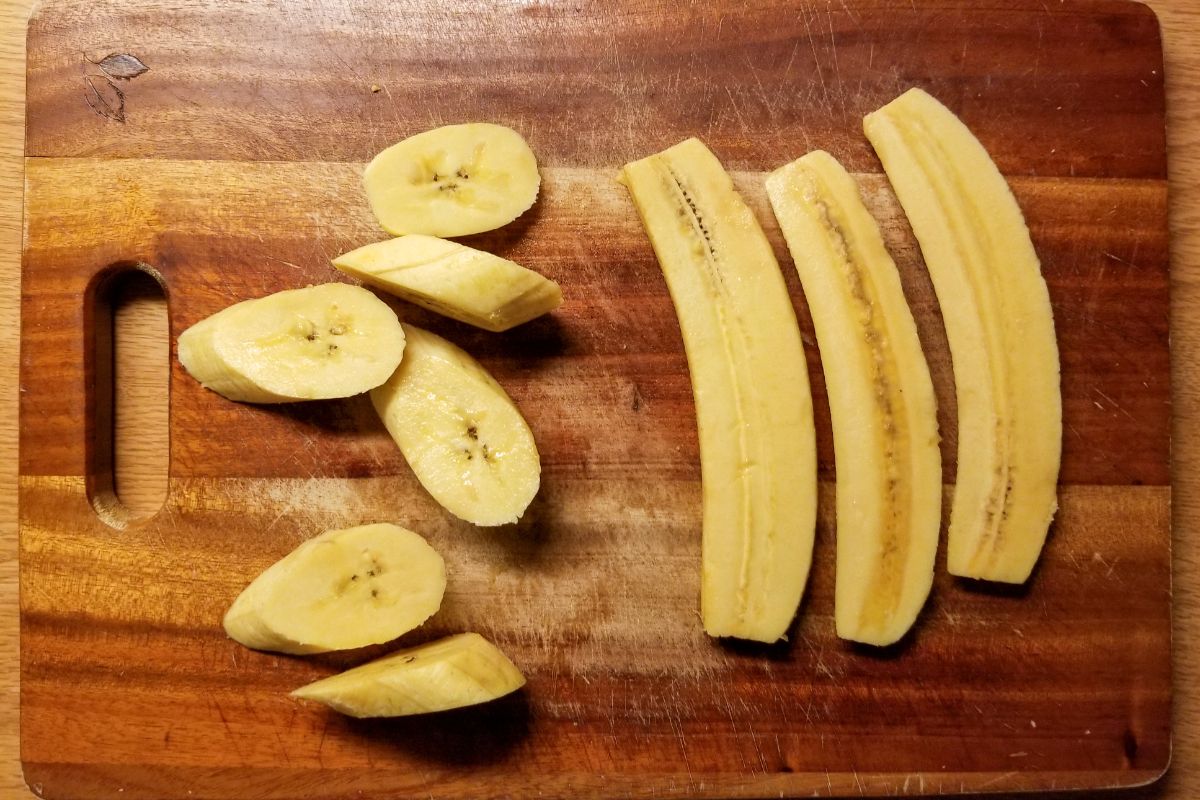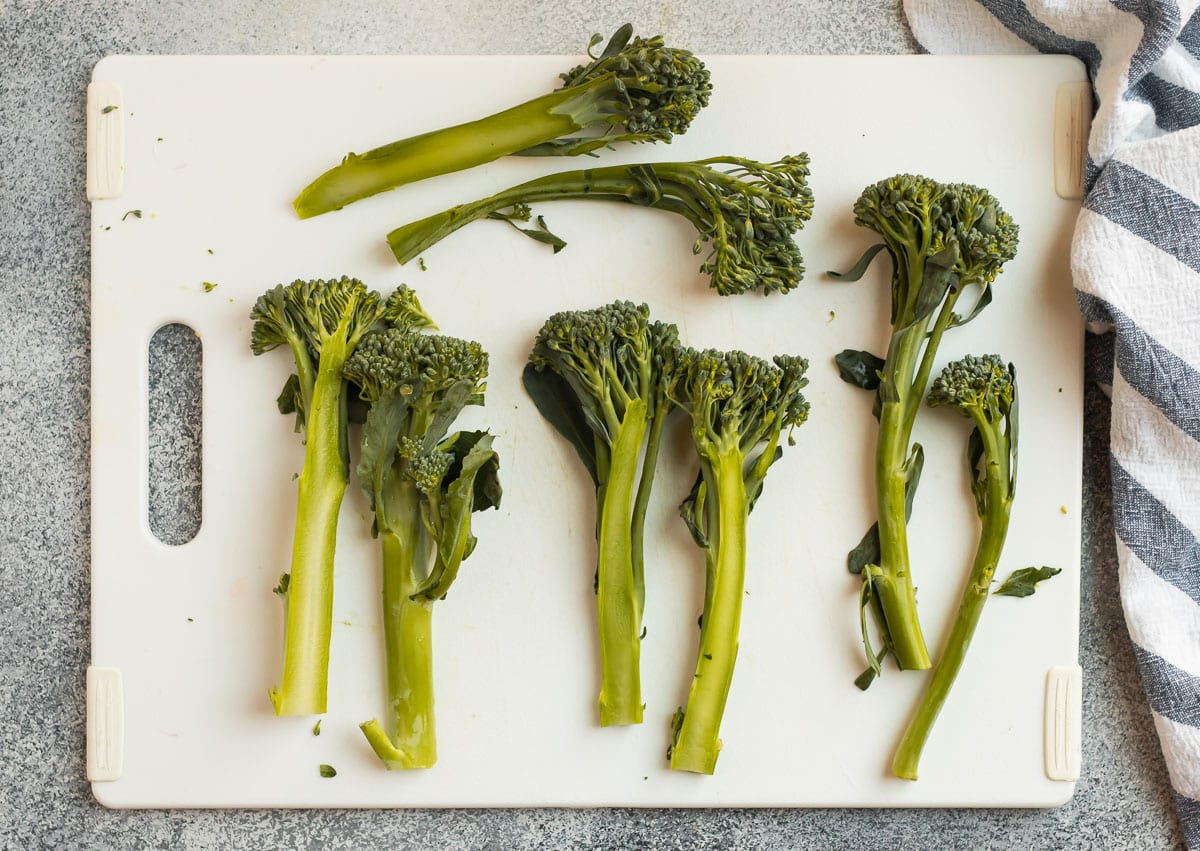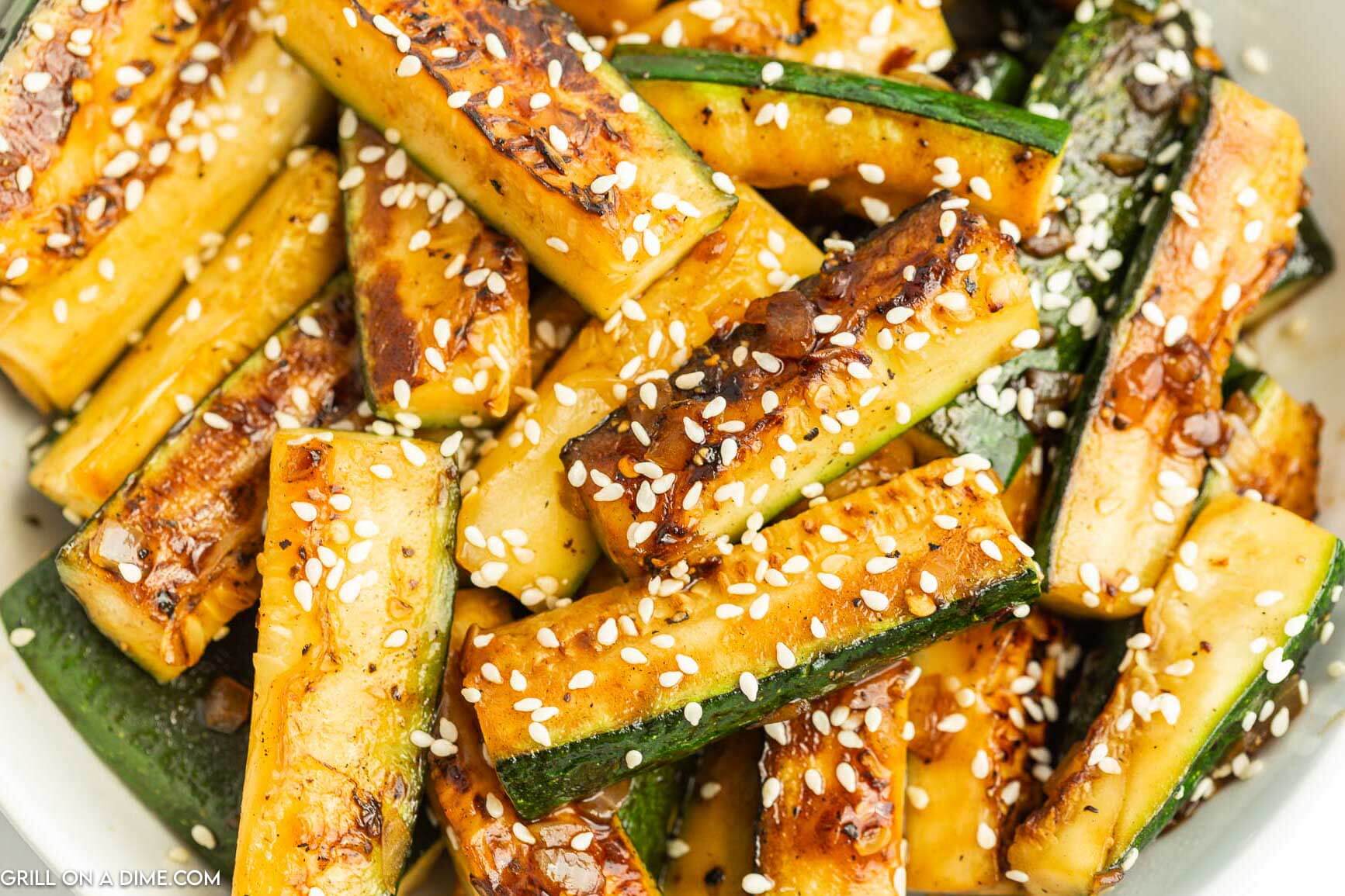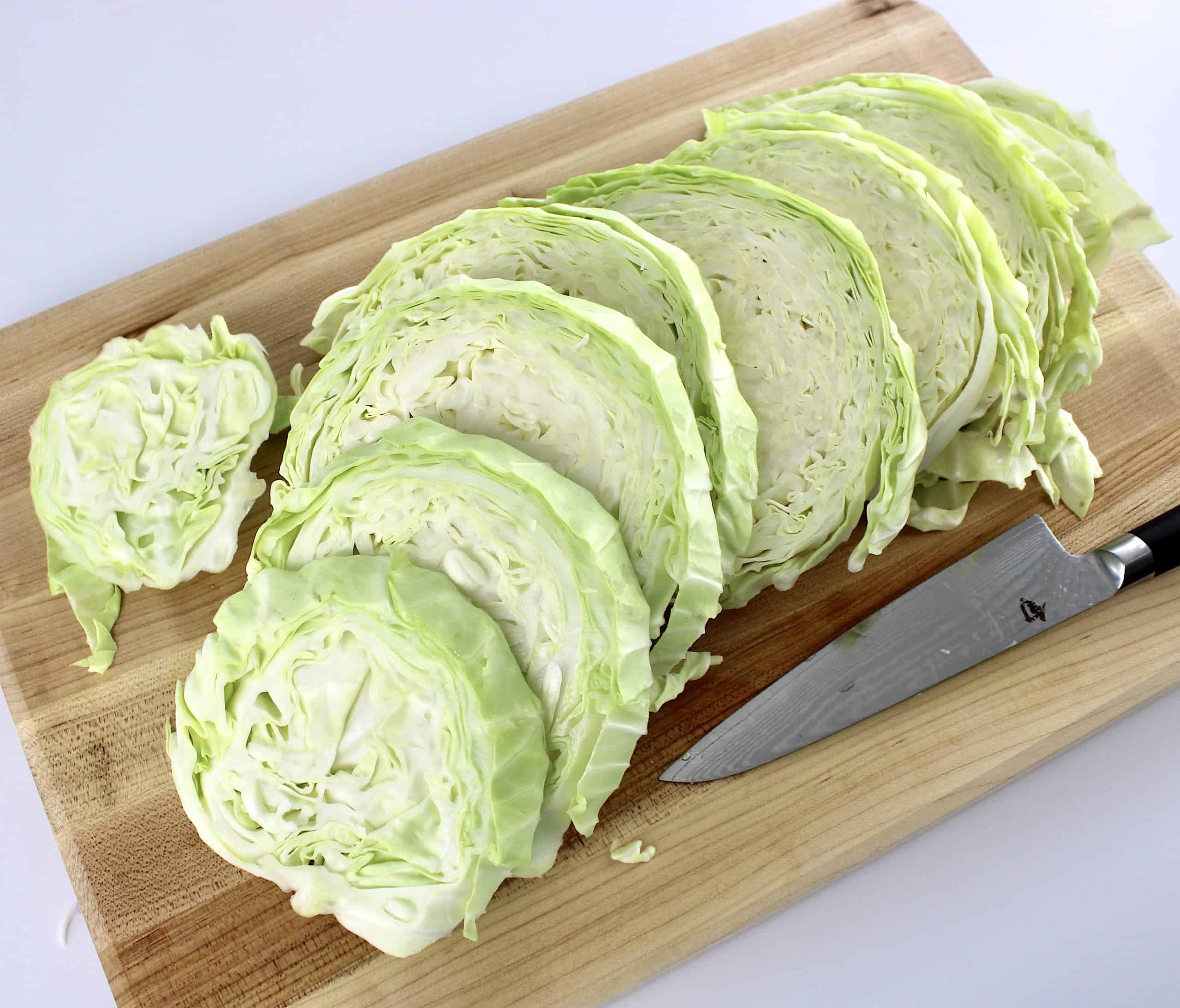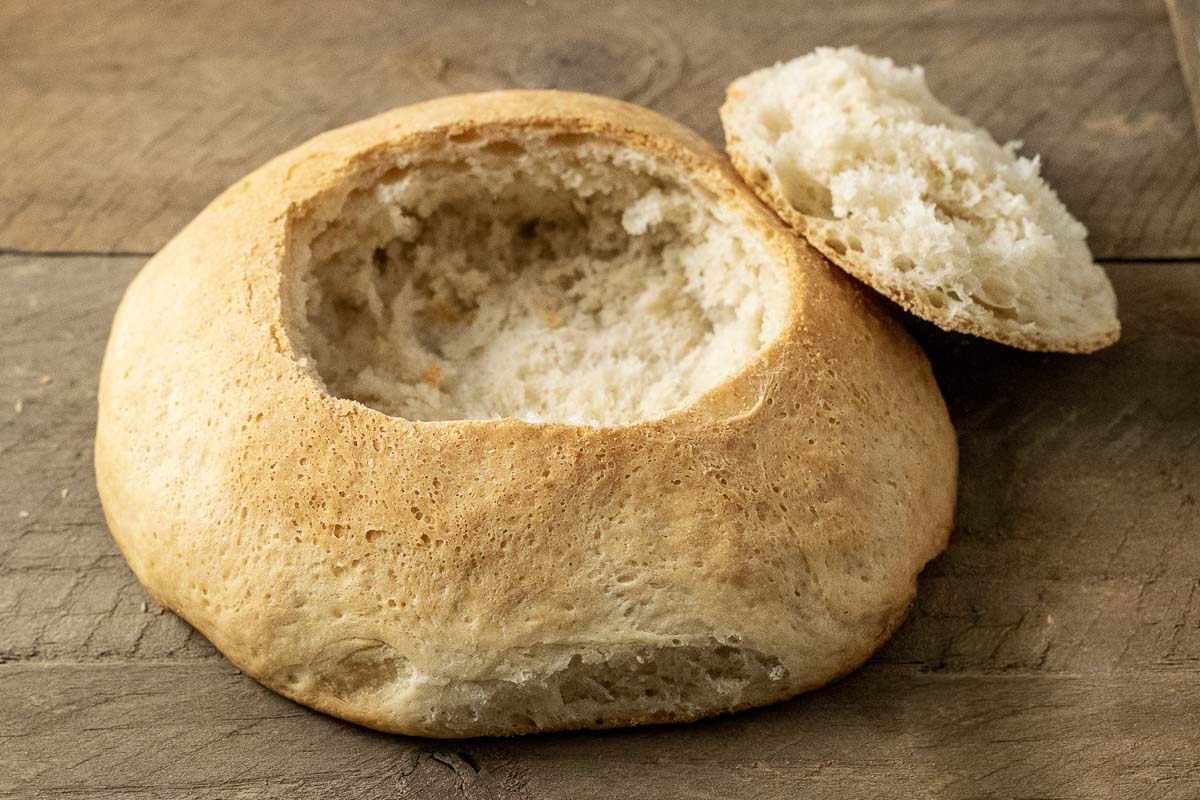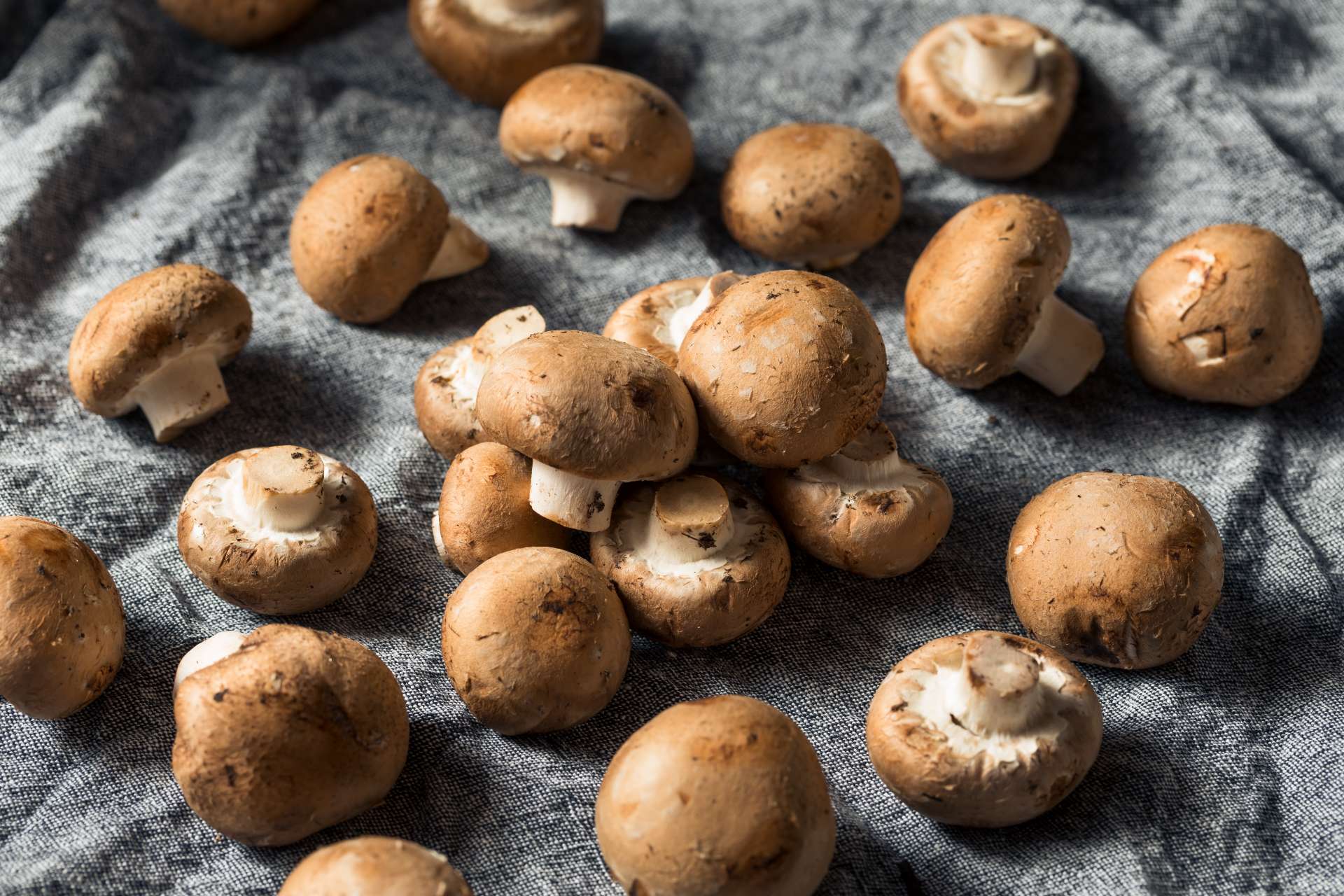Mastering the Art of Harvesting and Cutting Fresh Kale from your Garden
Are you a proud owner of a beautiful garden filled with nutritious and delicious kale plants? Harvesting kale from your garden can be a rewarding experience, and knowing the proper techniques to cut and prepare your homegrown kale will ensure maximum freshness and flavor. In this article, we will guide you through the steps on how to cut kale from your garden like a pro.
1. Choose the Perfect Time
When it comes to harvesting kale, timing is everything. The best time to cut kale leaves is in the morning, just after the dew has evaporated. This is when the leaves are the crispiest and have the highest nutrient content. Plus, cutting them in the morning helps to extend their shelf life.
2. Gather Your Tools
Before you start cutting kale from your garden, make sure you have the necessary tools ready. Here’s what you’ll need:
- A sharp pair of garden shears or scissors
- A clean basket or container for collecting the freshly harvested kale
- A pair of gardening gloves (optional)
3. Identify the Right Leaves to Cut
Look for the outermost leaves of the kale plant. These are the oldest and most mature leaves, which means they are ready to be harvested. Choose leaves that are a vibrant green color and free from any signs of damage or disease.
4. Cut with Precision
Hold the stem of the chosen leaf firmly with one hand, and use the garden shears or scissors to cut the leaf about an inch above the central stem. Avoid cutting too close to the base, as it may damage the plant’s growth. Remember to only cut the amount of kale you need, allowing the remaining leaves to continue growing and producing fresh leaves.
5. Rinse and Store Properly
After cutting the kale leaves from your garden, it’s essential to rinse them thoroughly to remove any dirt or debris. Fill a clean sink or large bowl with cold water and gently swish the leaves around. Once clean, pat them dry using a kitchen towel or a salad spinner.
To store your freshly cut kale, wrap the leaves in a slightly damp paper towel or place them in a perforated plastic bag. Store them in the refrigerator’s crisper drawer, where they can stay fresh for up to a week.
6. Enjoy the Fruits of Your Labor
Now that you have successfully cut and harvested your kale, it’s time to put it to good use! Kale is incredibly versatile and can be used in numerous recipes, from salads and smoothies to stir-fries and soups. Experiment with different cooking methods and flavors to fully enjoy the nutritious benefits of your homegrown kale.
By following these simple steps, you can confidently cut kale from your garden and savor the taste of fresh, wholesome greens. So roll up your sleeves, head out to your garden, and immerse yourself in the joy of harvesting your very own kale bounty!
After mastering the skill of cutting kale from your garden, readers can dive into some delightful recipes to make the most of their fresh harvest. For a zesty and refreshing meal, try the Kale Caesar Salad Recipe, where the crispness of homegrown kale shines through. If they’re in the mood for a hearty dish, the Kale and Sweet Potato Hash Recipe offers a perfect blend of flavors and textures. Those who love a comforting bowl of soup will enjoy the Kale and Sausage Soup Recipe, which combines the earthy taste of kale with savory sausage. For something quick and flavorful, the Kale and Chicken Stir-Fry Recipe is an excellent choice, featuring tender pieces of chicken mixed with vibrant kale. And, for a unique twist, the Kale and Apple Salad Recipe brings a sweet and tangy flavor profile that’s sure to impress. Each of these recipes not only highlights the freshness of garden-grown kale but also provides a variety of delicious ways to incorporate it into everyday meals.
Was this page helpful?
Read Next: How To Cut King Oyster Mushroom
